THE FIRST
SOUTH PACIFIC
CAMPAIGN

This book has been brought to publication with the generous assistance of Marguerite and Gerry Lenfest.
Naval Institute Press
291 Wood Road
Annapolis, MD 21402
1976 by the United States Navel Institute, Annapolis, Maryland All rights reserved. No part of this book may be reproduced or utilized in any form or by any means, electronic or mechanical, including photocopying and recording, or by any information storage and retrieval system, without permission in writing from the publisher.
First Naval Institute Press paperback edition published in 2014.
ISBN: 978-1-61251-352-2 (eBook)
Library of Congress Catalogue Card No. 76-23507 (hardcover)
 Print editions meet the requirements of ANSI/NISO z39.48-1992
Print editions meet the requirements of ANSI/NISO z39.48-1992
(Permanence of Paper).
22 21 20 19 18 17 16 15 14 9 8 7 6 5 4 3 2 1
First printing
To my parents
The defensive-offensive may be paraphrased as hold what youve got and hit them when you can, the hitting to be done, not only by seizing opportunities, but making them.
Admiral Ernest J. King to
Secretary of the Navy Frank Knox,
February 8, 1942
Contents
Few periods of the Pacific War seem so easy to comprehend in terms of strategy and command decisions as the first seven months. The Pacific Fleet suffered a devastating blow at Pearl Harbor which evidently made its leaders cautious and wary, not anxious to commit themselves. For the next several months the United States apparently contented itself with a few offensive jabs at insignificant island bases while Japan eagerly gobbled up the Netherlands East Indies and Southeast Asia. Then in the spring of 1942, American naval intelligence discovered Japanese plans for the capture of Port Moresby, and the Pacific Fleet commander decided to commit his carriers in the South Pacific to lop off one of the Japanese tentacles inching toward northeastern Australia. Supposedly he had to time his operations carefully in order to meet the real Japanese main thrust across the Central Pacific. In desperation then, the United States committed its fleet reluctantly to defend Midway from overwhelming forces, winning subsequently what one historian aptly called an incredible victory and reversing the tide of Japanese conquest in the Pacific. So goes the standard view of United States Pacific Fleet participation in the early campaigns in the Pacific.
Newly declassified documents reveal a totally new picture of Pacific Fleet operations during the first several months of the Pacific War. The South Pacific served as the one area where the United States expanded its control to meet the Japanese and protect the supply line to Australia. Far from shunning decisive battle with the Japanese carrier force, by late April 1942 the Pacific Fleet sought a major engagement in the South Pacific where it appeared to Admiral Ernest J. King and Admiral Chester W. Nimitz that the Japanese would commit up to seven carriers in invasions of New Guinea and the Solomon Islands. Admiral King approved of the use of all currently available American carriers for the South Pacific because he believed the defense of the South Pacific was absolutely vital to the Allies. Admiral Nimitz welcomed the impending South Pacific battles as the first opportunity to deal a crippling blow to Japanese carrier strength. This study is intended as a strategic overview of the first seven months in the Pacific as it concerned the high commands and fleet commanders of the navies of the United States and Japan. For the first time it is possible by utilizing the actual text of deciphered Japanese messages to begin to assess the impact of radio intelligence on United States operations in the Pacific. Equally important is the availability of extremely important new Japanese sources which allow a better understanding of the Japanese operations in the South Pacific.
The author would like to express his great appreciation for the kind assistance and encouragement given to him by the following people. Rear Admiral Edwin T. Layton (Retired) provided great insights into naval intelligence and the manner in which it was utilized by Admiral Nimitz. He read an earlier version of the present manuscript and offered many valuable comments and emendations. Ota Tatsuyuki translated large portions of the new Japanese official history covering South Pacific operations. The search for documentation was greatly facilitated through the courtesy and competence of Dr. Dean C. Allard and Mrs. Kathleen Lloyd of the Classified Operational Archives, Naval History Division. Captain Roger Pineau, Director of the Navy Memorial Museum, made several visits to Washington much richer with his friendship and interest in this work. William F. Surgi, Jr. of the Battle of the Coral Sea Association was of enormous help, especially in his friendship and enthusiasm for researching the Battle of the Coral Sea. Another Coral Sea veteran who must be acknowledged here for his assistance and hospitality is Kenneth Crawford. Rear Admiral Phillip Fitzgerald (Retired) kindly lent the author a copy of his diary which he wrote while on board the heavy cruiser New Orleans which served under Rear Admiral Thomas C. Kinkaid at the Battle of the Coral Sea. LIC Milton Spearbraker, USN (Retired), who is the Milwaukee Public Museums printer, provided information of his experiences as a printer in the Office of Naval Communication. Mr. Takeshita Takami of the War History Office in Tokyo responded fully to the authors inquiries. The War History Office also kindly provided the photographs of Japanese commanders. It is unlikely that this book would have been written had it not been for Dr. David Healy, the authors academic advisor, who had the interest and patience in seeing the original thesis brought to its conclusion.
A number of people helped directly in producing this work. Cheryl Castelli undertook the arduous task of typing the manuscript. Ronald Mazurkiewicz drew the maps. Two photographers, Robert T. Maciolek and Janice Mahlberg, reproduced the maps and photographs for use in the book. Constance MacDonald edited the final text, and Beverly Baum of the Naval Institute Press patiently weathered a number of delays in gathering necessary materials for inclusion in the book.
The facts and ideas contained in this work came from many sources and individuals, but responsibility for errors and interpretations must fall solely on the author.
All Japanese individuals mentioned in the text have their names written surname first, then given name. This is proper Japanese usage. The West has rendered this courtesy to the Chinese, but not usually to the Japanese. Every author writing on the Pacific War has trouble with the international date line in giving exact dates. In every instance in the text, the author has striven in citing dates to indicate the location to which the specific date pertains. All distances are given in nautical miles.
You hold in your hands a newly reprinted little gem of a book, one that has languished in relative obscurity for far too long. I am, admittedly, somewhat biased in my assessment, in that I consider John Lundstrom both a good friend and a mentor. Yet I am genuine in my affection for this book, having tracked down a used copy back in 1999 for
Next page


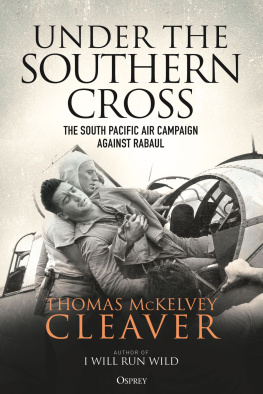
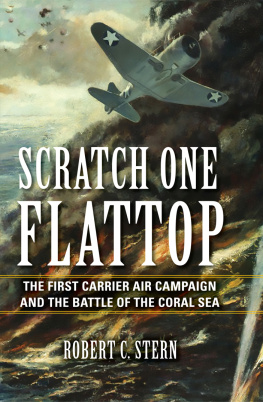
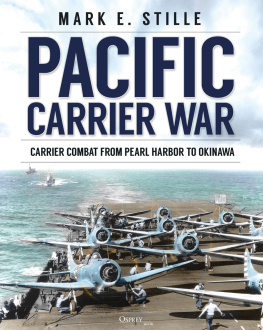
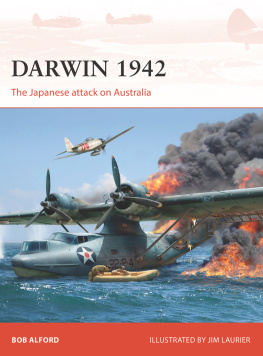
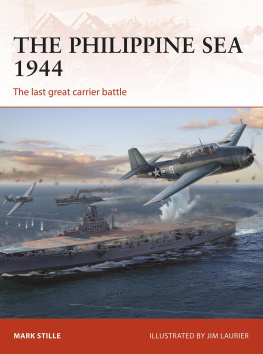

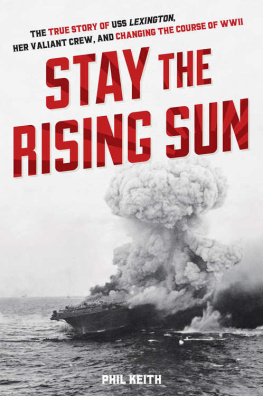
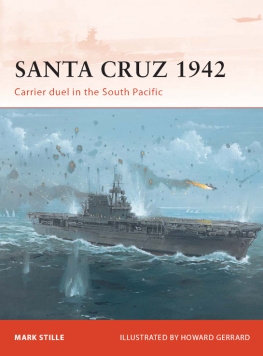
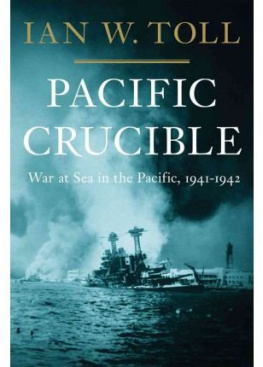

 Print editions meet the requirements of ANSI/NISO z39.48-1992
Print editions meet the requirements of ANSI/NISO z39.48-1992